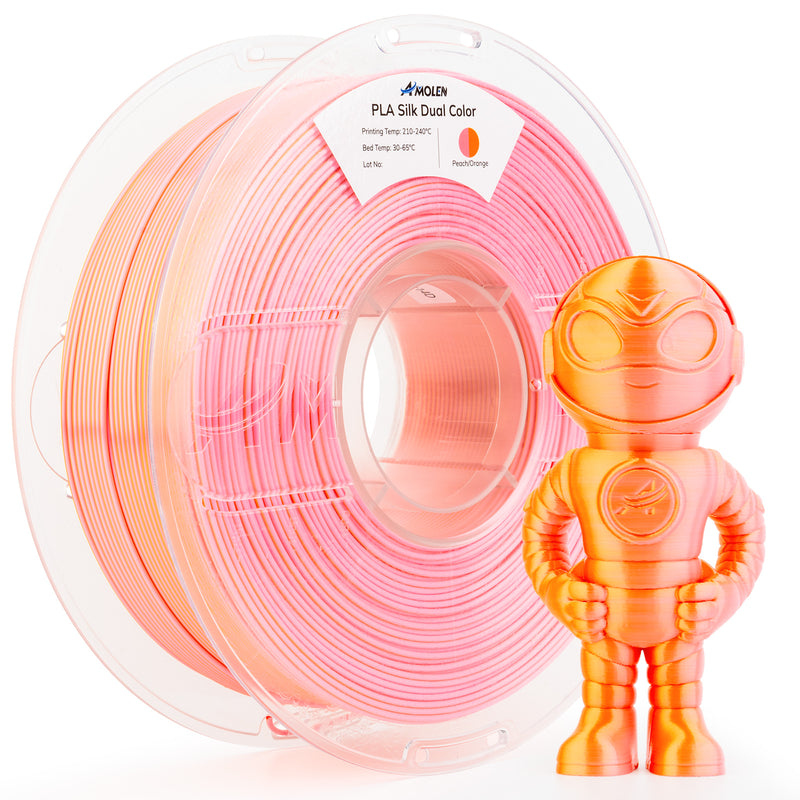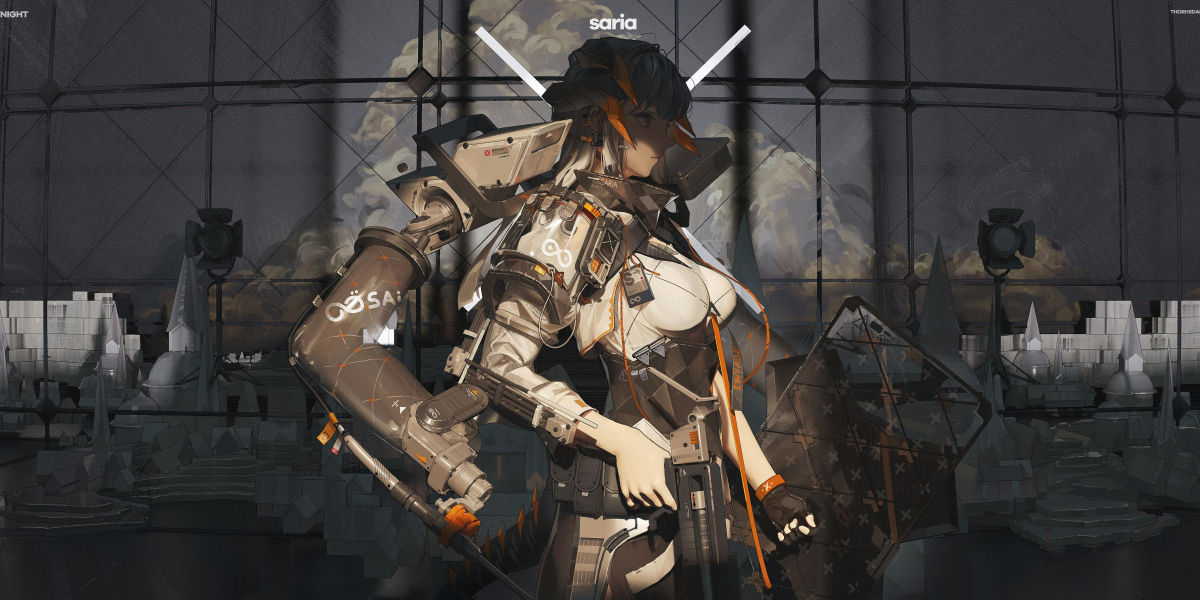Unlock Your Creativity: Discover the Ultimate 3D Printers for Every Filament Adventure!
In recent years, 3D printing has surged in popularity, transforming the way creators, hobbyists, and even professionals approach their projects. The ability to bring digital designs to life has opened up a world of possibilities, from intricate prototypes to artistic sculptures. However, to truly maximize this creative potential, it's crucial to choose the right 3D printer—one that is compatible with a variety of filaments. Each filament type offers unique properties that can impact the final product significantly. This article aims to guide you through the essential considerations when searching for the best filament 3D printer, helping you embark on successful and fulfilling printing adventures.

Understanding Filament Types and Their Importance
The foundation of any great 3D printing project lies in the choice of filament. The market offers a plethora of options, each with distinct characteristics. For instance, PLA (Polylactic Acid) is known for its ease of use and biodegradability, making it a favorite among beginners. On the other hand, ABS (Acrylonitrile Butadiene Styrene) boasts greater strength and heat resistance, ideal for functional parts. PETG (Polyethylene Terephthalate Glycol) combines the best of both worlds—strength and flexibility—while TPU (Thermoplastic Polyurethane) offers exceptional elasticity for more specialized applications. Understanding these properties is essential, as the filament you choose can greatly influence the quality of your prints and their suitability for specific applications. Friends of mine who have dabbled in 3D printing often emphasize the need to experiment with different filaments to truly grasp their potential.
Key Features to Look for in a 3D Printer
When hunting for the best filament 3D printer, it's vital to consider several key features that will enhance your printing experience. First, evaluate the build volume—the larger the print area, the bigger your creations can be. Print resolution is another crucial factor; a printer with a higher resolution will produce finer details, which is particularly important for intricate designs. Speed is also worth noting—while faster prints are appealing, they shouldn’t sacrifice quality. Additionally, ease of use can make a significant difference, especially for newcomers. A user-friendly interface and reliable software can simplify the printing process. Most importantly, ensure that the printer you choose is compatible with multiple filament types, allowing you to explore various materials without being limited by your equipment. During my journey into 3D printing, I found that having a versatile printer opened doors to endless creative possibilities.
Top Considerations for Choosing the Right 3D Printer
Before making a purchase, it’s essential to weigh practical factors that will influence your choice of 3D printer. Start with your budget; while investing in a higher-end model may seem appealing, there are plenty of cost-effective options that deliver excellent results. Consider your intended use as well—are you printing for fun, or do you need a machine that can handle more professional-grade projects? Your available space must also be a consideration, as some printers have larger footprints than others. Balancing features with cost is a crucial step; you don’t want to overspend on features you might never use. A friend who started with a budget printer shared that it allowed her to learn and grow before taking the plunge for a more advanced model. This approach helped her understand her needs better.
Comparative Analysis of 3D Printer Types
As you navigate the world of 3D printing, understanding the different types of printers can be invaluable. Fused Deposition Modeling (FDM) printers are the most common, known for their compatibility with a wide range of filaments, making them great for general use. Stereolithography (SLA) printers, on the other hand, use a resin-based approach and are ideal for high-detail prints but are generally limited in filament types. Selective Laser Sintering (SLS) printers offer another alternative, utilizing powdered materials, which opens up new possibilities for complex geometries. Each type has its pros and cons, so it's important to consider what aligns best with your printing goals. A former colleague of mine who specializes in prototyping swears by his FDM printer for its versatility, while another friend prefers SLA for its precision in fine details. This diversity in printer types means there’s likely a perfect match for every creator’s needs.
Making the Right Choice for Your 3D Printing Needs
Choosing the right 3D printer that is compatible with various filaments is a critical step in unleashing your creativity. By understanding the different filament types and their properties, evaluating key features of printers, and considering practical factors such as budget and intended use, you can make an informed decision that meets your specific needs. Remember, the world of 3D printing is one of exploration and creativity—each print is an opportunity to bring your ideas to life. So, as you embark on your 3D printing journey, keep these insights in mind, and let your imagination guide you towards your next great project.







